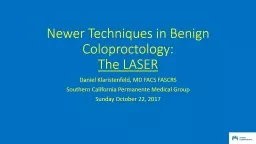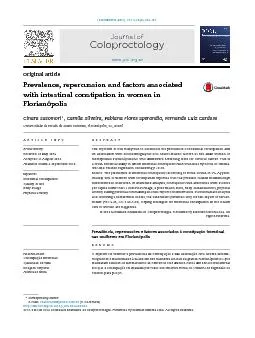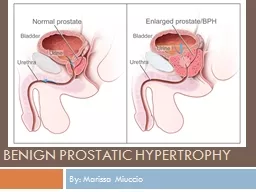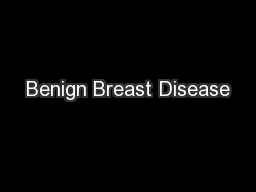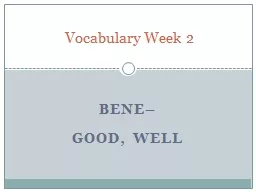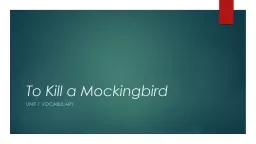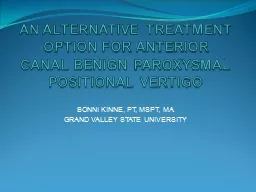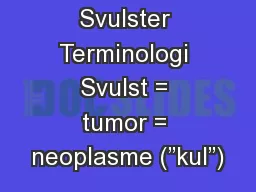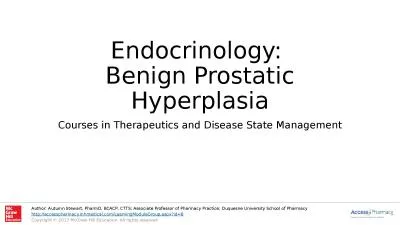PPT-Newer Techniques in Benign Coloproctology:
Author : carny | Published Date : 2022-02-10
The LASER Daniel Klaristenfeld MD FACS FASCRS Southern California Permanente Medical Group Sunday October 22 2017 FINANCIAL DISCLOSURES NONE What is LASER LASER
Presentation Embed Code
Download Presentation
Download Presentation The PPT/PDF document "Newer Techniques in Benign Coloproctolog..." is the property of its rightful owner. Permission is granted to download and print the materials on this website for personal, non-commercial use only, and to display it on your personal computer provided you do not modify the materials and that you retain all copyright notices contained in the materials. By downloading content from our website, you accept the terms of this agreement.
Newer Techniques in Benign Coloproctology:: Transcript
Download Rules Of Document
"Newer Techniques in Benign Coloproctology:"The content belongs to its owner. You may download and print it for personal use, without modification, and keep all copyright notices. By downloading, you agree to these terms.
Related Documents

